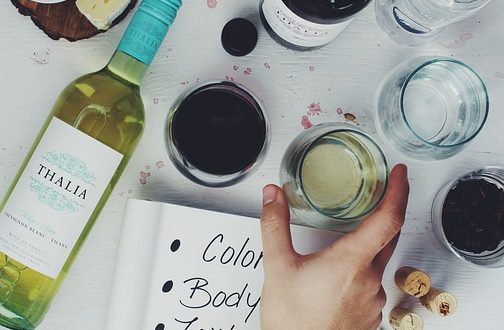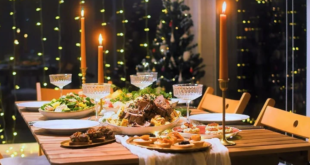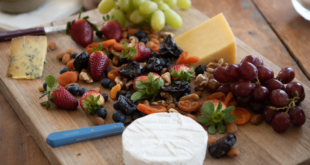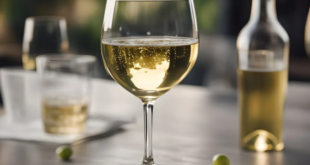Have you ever read a professional wine taster’s tasting notes and question whether all the aromas and flavours described are really there? To the inexperienced, they probably aren’t. But, you can actually train your palate to do a better job of tasting fine wine, to develop a deeper appreciation and derive greater joy.
It takes practice and following a rigid tasting protocol. We are talking about subtleties here. With experience, exercise and training, the palate becomes more sensitive to nuance. Once imperceptible, flavours and aromas literally leap to life, revealing the many facets inherent in well crafted fine wine.
The tasting protocol is really only a two step process: swirl and smell; taste and taste again. Each step, however, has different parts which, when all taken together, lead you to examine appearance, aroma, flavour, body, texture, finish and overall impression.
Swirl and smell
Pour a small amount of the wine into a large wine glass and swirl it around. Note whether a glycerin like residue coats the side of the glass. Known as “legs” or “tears,” a noticeable amount of residue suggests body and richness, which will be confirmed later by the taste. Continuing to swirl, smell the fragrance of the wine. Note the amount or intensity of the bouquet and try to determine what it is you are smelling. Is there more than one fragrance component? If so, does the bouquet progress or evolve from one to another? And, if there are numerous elements, are they harmonious or do they clash? When a wine has multiple flavour or aroma components, it is said to have “complexity.” Complexity prolongs interest in a wine.
Take plenty of time in smelling the bouquet, or “nose.” Note the bouquet in detail before tasting. Once tasted, the olfactory senses diminish so do a thorough analysis of the wine’s bouquet before tasting. Some wines have very little bouquet but redeem themselves by having great flavour and finish. Don’t forget about the size and shape of the glass. A glass less than twelve ounces can mask a wine’s aromas.
Taste and taste again
Sip a tiny amount of the wine. Concentrate because things happen fast. Swirl the wine around in your mouth.
Note the flavours
They can evolve, particularly as the wine flows over the tongue. The start, or “attack,” is the first impression. The flavours progress to mid-palate, and after you swallow or spit, you are left with the “finish,” a residual of flavours that remain after the wine is no longer in your mouth.
Note the body
The body is the weight of the wine in your mouth. To use an analogy, skim milk is like water and has a light body. Whole milk is not watery and leaves a residue in your mouth, and has a medium body. Cream is very heavy and possesses a full body. Only, we are talking wine, not milk.
Note the texture
A wine can feel soft and velvety or crisp and steely, or something in between. It can have a chalky impression from the presence of tannins. Harsh tannins are not good.
Finally, there is finish
Some wines “finish long,” some are “short”. Short is almost nothing while great wines have a finish that goes on and on. Sometimes new flavours occur after the wine leaves the mouth, usually in the form of suggestion or nuance. Intensity and length of finish need to be considered. The longer and more intense, the better.
So, to totally evaluate the taste, consider the amount, or concentration, of flavour, the progression or evolution of flavours and their compatibility, the length and intensity of the finish, the body of the wine and its texture. That’s a lot and that’s why you need to taste again. And, make notes. There’s just too much to commit to memory.
Lastly, after sniffing and sipping, you will be left with an overall impression
Some wines are so sophisticated and have elements that are so hard to separate that the overall impression is the only way to describe what you have tasted. And, it is the overall impression that sticks with us. Delicious! Glorious! A rich mouthful! Terms we use to describe a great wine experience.
Wine tasting – Practice makes perfect
Following a protocol when you taste wine brings the discipline to evaluate every important aspect. The protocol also brings repetition which leads to increased acumen in evaluation of fine wine. You can do it alone, or in groups. But it must be serious and with focus, and, making notes is important. At first, your notes will be simple, but, with time, you will see them become more detailed as your palate begins to discern the subtleties you had missed before. It will take time, but it’s worth it. But, be careful. You may be bitten by the wine bug!
 Vino-Club For Wine Lovers
Vino-Club For Wine Lovers






